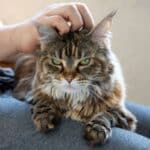According to many people, a cat's purr is the most pleasant melody they can hear from their pets. Although this sound is commonly considered a sign of contentment, its meaning is much more diverse.
The cat purrs not only in moments of happiness but also in moments of sadness or pain. What makes a cat purr? What are the benefits of listening to a purring cat?
Jump to:
How does it make a cat purr?
The action of purring is undoubtedly worth describing, but how can cats produce this characteristic uninterrupted sound? How can they vibrate their entire body without causing muscle tension or loss of breath? More than one scientist has tried to answer these questions - but to this day, unfortunately, the mystery has not been completely and unequivocally solved.
Some researchers believe that purring is produced by the laryngeal muscles - others that the hyoid bone is responsible for the sound. There are also those for whom it is the skin folds near the vocal folds or even the main artery that play the most important role in producing a cat's purr. The latter option, however, has recently been ruled out. According to recent findings, a resonance effect is responsible for the purring sound, probably produced by the vocal folds bumping against each other.
How does a cat purr?
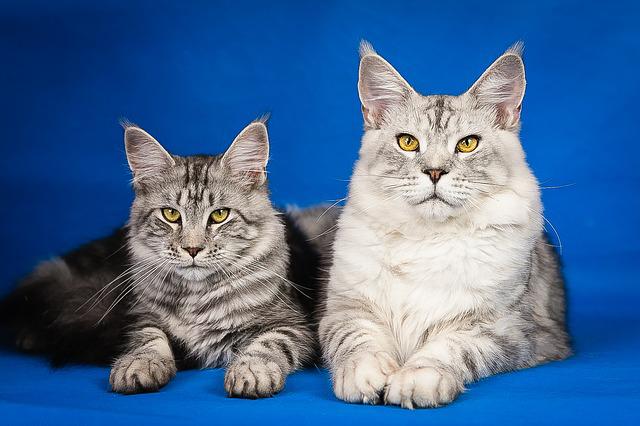
Purring is a characteristic low-frequency sound (25-150 Hz) made by cats when their muzzle is closed. It can last from a fraction of a second to several minutes and is combined with other vocalizations. Cats purr continuously - both on inhalation and exhalation. The sound itself, however, sounds slightly different depending on the breathing phase - on inhalation, it is slightly louder and shorter.
The purring of cats remains a mystery, which even scientists cannot fully unravel. There are various theories about how cat purrs are produced. Some scientists once believed that it resulted from rapid blood flow through the chest. It is now recognized that the sound source is the muscles of the larynx, which vibrate the vocal cords.
Cats purr in various ways - the sound can vary in tone and volume in different individuals. A cat's purring can also take other forms depending on the situation and level of arousal. During relaxation, it is rhythmic, while when the cat is waiting for stroking or food, it takes on a more urgent tone, somewhat similar to a meow.
Worth knowing:

Not only domestic cats but also other felines can purr. The exceptions are representatives of the panther subfamily (Pantherinae) - including lion, tiger, and leopard - for whom purring is prevented by the specific structure of the hyoid bone. In panthers, it is not completely ossified. This is why big cats do not purr but roar.
Why do cats purr?
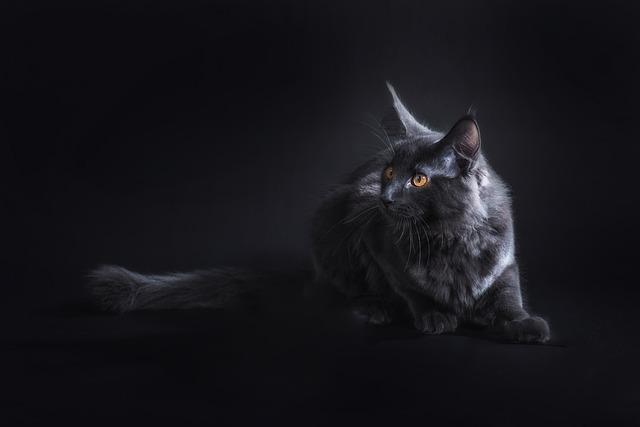
Purring is one of the basic elements of feline communication. It occurs both when cats interact with humans and with other animals. Purring is a sound so subtle and quiet that it is only used during close and direct contact. In the natural environment, it allows cats to communicate among themselves without attracting the attention of predators.
The origins of purring can be traced back to early kittenhood. Cats start purring as early as day 2 after birth. Purring is a two-way signal - sent by kittens to their mother and vice versa. Using purring, kittens, while suckling at the breast, want to induce the female cat to remain still. On the other hand, the female cat purrs when she returns to her kittens from hunting and feeding them.
She thus uses purring as a form of greeting and reassuring her offspring. In adulthood, cats purr when interacting with friendly cats - grooming each other, resting together, or meeting. Cats can also purr when alone. Most often, however, purring is a form of communication with humans.
Reasons why your cat may purr include:
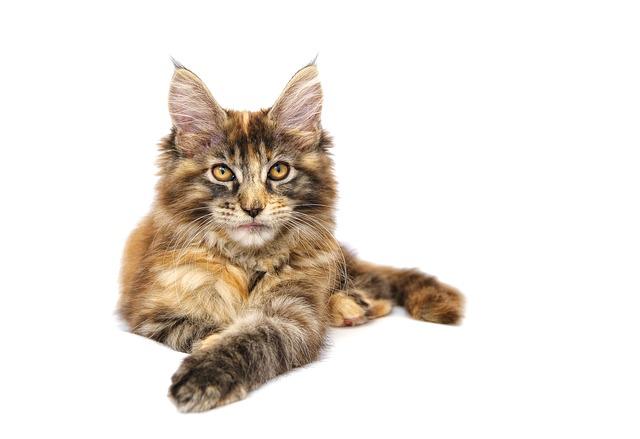
- Happy mood - if your cat looks relaxed, has half-closed eyes, and holds its tail mostly still, it can be assumed that the purring is due to its good mood.
- Thinking about food - cats may purr when it is meal time, and they are hungry. When a pet purrs for food, it combines normal purring with meowing.
- Kitten-mother bond - kittens can purr as early as a few days old, and it's their way of letting their mothers know where they are or that they're okay. Purring also helps build a bond between kittens and their parent, while a cat mom uses purring as a lullaby.
- Relief - many cats purr when they are injured or in pain. Purring is a way of self-soothing, just as a human baby sucks its thumb to feel better.
- Recovery - Experts believe that purring helps cats recover faster. Low-frequency purring creates vibrations inside the body that can heal bones and wounds, promote tendon building and repair, facilitate breathing, and reduce pain and swelling. This may explain why cats can survive high falls and have fewer complications after surgery than dogs.
Whatever the reason for a feline friend's purr, cat lovers often even love the sound. Purring is a lullaby for cats that soothes both the singer and the listener.
What does a cat's purr mean?
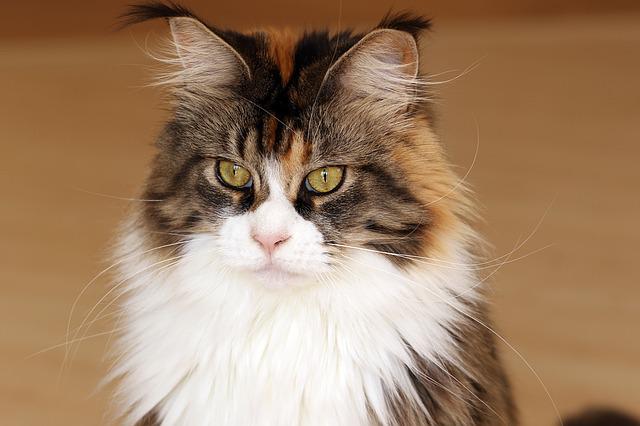
What does a cat's purring really mean? Purring can be attributed to a great many meanings. This is because it is a multidimensional signal - it can inform about emotional state, mood, intentions, and expectations. Most often, a cat purrs when it is happy, calm, and relaxed, such as lounging on the lap of its caregiver.
However, it uses purring not only to express positive emotions but also to prolong a comfortable situation for itself. Cats also purr to get something from humans. So they may use purring as a subtle request for a meal or petting. When interacting with humans, a cat often purrs due to conditioning. The animal learns that by purring, it can achieve what it wants. The ear-pleasing vocalization, moreover, plays a role in building and maintaining social bonds. It is particularly important in bonding the feline family.
Purring, however, is not always accompanied by positive feelings. Sometimes it is a form of therapy and self-medication for cats. Cats purr to reduce fear, stress, and pain, such as after accidents, during illness or examination at the veterinarian, and even just before death. This is because in a purring cat, the level of endorphins - hormones responsible for a good mood - increases.
Anxious cats can also purr to boost their confidence and control their emotions. A shy cat uses this vocalization to signal that it is not a threat to another individual. According to John Bradshaw, purring can be interpreted as a cat's general request to humans and animals to stay nearby or an instinctive attempt to improve its situation.
How does cat purring affect humans?
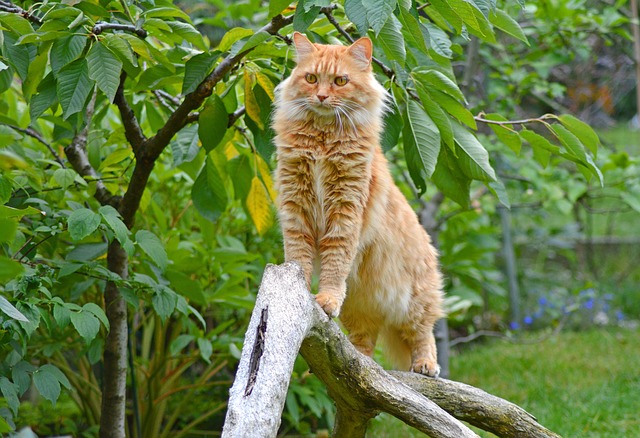
Listening to a cat purr is one of the most pleasant ways to relax. Pleasing to the ear, cat music is great for calming, soothing, helping to reduce stress, and improving mood. Cat purring also has a positive effect on our health. Cat caregivers are less likely to suffer depression, cardiovascular disease, and heart attack.
The vibrations that occur when a cat purrs affect the condition of muscles, bones, and joints. The frequency of a cat's purr corresponds to the waves used to treat injuries and musculoskeletal diseases. With the help of cat sounds, bone density and joint flexibility improve, rheumatic pains and swelling subside, and wounds heal faster. In addition, cat purring triggers caring behaviour in humans and increases satisfaction from interactions with the pet.
Purring serves to relax and promote health.
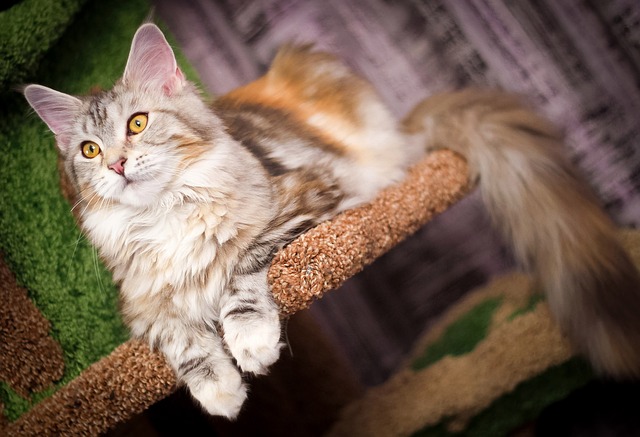
The reasons for purring are, as you can see, manifold, but the purpose is always the same - to relax and soothe. This goal, by the way, is achieved without a box thanks to purring, which can be biologically proven.
This deep, drawn-out sound releases serotonin in the cat's body. Serotonin, known as the happy hormone, is an important neurotransmitter that positively affects many systems and processes in the nervous system, such as emotions, the central pleasure centre, mood, state of consciousness, or pain assessment. The latest scientific research proves that purring also positively affects a cat's health for injuries, illnesses, and other health ailments.
Vibrating a cat sounds like medicine.
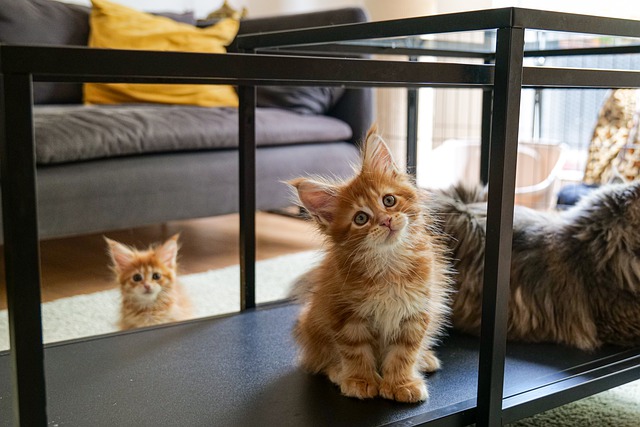
Purring causes the cat's entire body to vibrate. According to Professor Leo Brunnberg of the small pet polyclinic at the Free University of Berlin, the vibrations engage the muscles and promote bone growth. This astonishing theory about the self-healing mechanism of purring in a cat thus also explains the fact that cats rarely suffer from bone fractures, and if a fracture does happen to a cat, it heals very quickly.
To strengthen the structure of the bones and the underlying muscles, the human body is given vibrations at a frequency of 15 to 60 hertz. Cat purring thus works on the same principle as vibration training, used in recent years by doctors and physiotherapists on athletes and other patients with bone and muscle problems. Many doctors also consider vibration training to be sensible in patients with osteoporosis since prolonged mechanical stimuli, similar to those produced by purring in a cat, improve bone structure and thickness.

